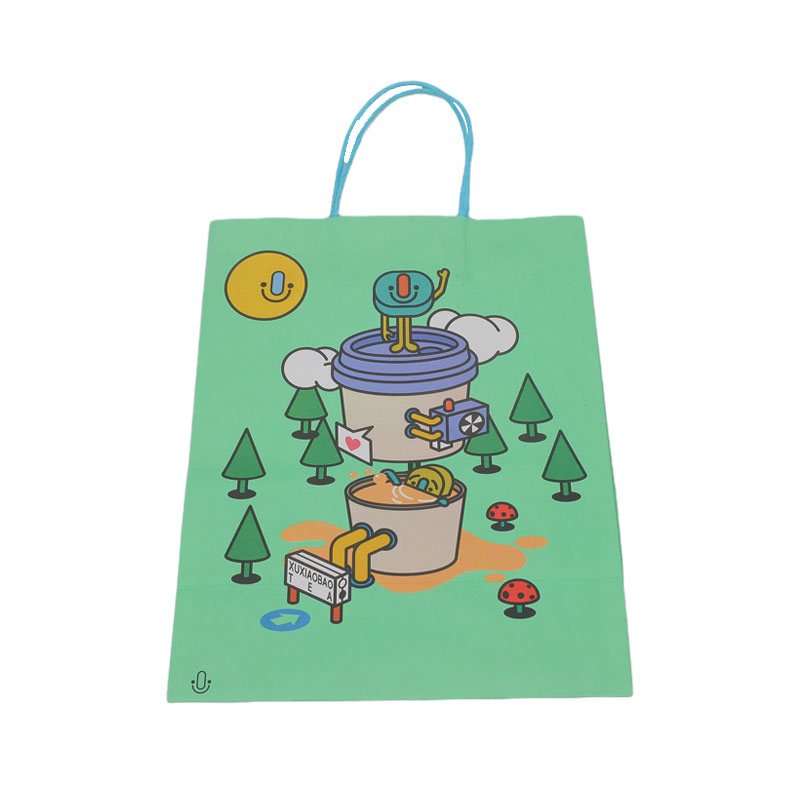What alternative packaging solutions exist that could replace or complement printed paper bags?
2023.08.10
Several alternative packaging solutions exist that can either replace or complement printed paper bags, depending on the specific needs and goals of businesses and consumers. Here are some examples:
Reusable Cloth Bags:
Reusable cloth bags made from materials like cotton, canvas, or jute are durable and can be used multiple times. They are a popular choice for environmentally conscious shoppers and can be customized with designs or logos.
Reusable Plastic Bags:
Some retailers offer thicker, sturdier plastic bags designed for multiple uses. These bags are made from a more durable type of plastic and can help reduce the need for single-use bags.
Biodegradable and Compostable Bags:
Bags made from biodegradable or compostable materials, such as cornstarch or other plant-based materials, can break down naturally in the environment and may be suitable for certain applications.
Woven Bags:
Woven bags made from materials like straw, bamboo, or other natural fibers can provide a rustic and eco-friendly packaging option.
Mesh Produce Bags:
Mesh bags made from materials like cotton or polyester are often used for carrying fruits and vegetables. They allow for easy visibility and can replace plastic produce bags.
Cardboard Boxes:
Sturdy cardboard boxes can serve as an alternative for packaging heavier items. They can be customized with printing and are easily recyclable.
Metal or Tin Containers:
For certain products, metal or tin containers can provide an elegant and reusable packaging option.
Glass Jars or Bottles:
Glass containers are recyclable and can be used for packaging items like sauces, condiments, or other products.
Silicone Pouches:
Silicone pouches are flexible and reusable, making them a suitable choice for storing food or other items.
Fabric Pouches and Wraps:
Cloth pouches and wraps made from fabrics like cotton, silk, or beeswax-coated cloth can be used to package items in a more traditional and sustainable manner.
Paper Box with Handle:
A paper box with a handle can offer the convenience of a bag while providing more structure and customization options.
Hybrid Materials:
Some packaging solutions combine different materials to create durable and eco-friendly options, such as paper with a thin plastic lining for moisture resistance.
Digital or Electronic Receipts:
Rather than providing printed paper bags and receipts, businesses can offer digital receipts and encourage customers to use their own bags.
Encouraging BYOB (Bring Your Own Bag):
Encouraging customers to bring their own reusable bags can greatly reduce the need for any type of packaging.



 English
English  العربية
العربية











